Text

(Illustration: Nicholas Law)

(Illustration: Nicholas Law)

(Illustration: Nicholas Law)

The Quantum Apocalypse Is Coming. Be Very Afraid
What happens when quantum computers can finally crack encryption and break into the world’s best-kept secrets? It’s called Q-Day — the worst holiday maybe ever.
ONE DAY SOON, at a research lab near Santa Barbara or Seattle or a secret facility in the Chinese mountains, it will begin: the sudden unlocking of the world’s secrets. Your secrets.
Cybersecurity analysts call this Q-Day — the day someone builds a quantum computer that can crack the most widely used forms of encryption. These math problems have kept humanity’s intimate data safe for decades, but on Q-Day, everything could become vulnerable, for everyone: emails, text messages, anonymous posts, location histories, bitcoin wallets, police reports, hospital records, power stations, the entire global financial system.
By Amit Katwala
WIRED magazine May/June 2025 - Level Up
The Frontiers of Computing Issue
Shared from Apple News - March 24, 2025

Post-quantum algorithms. thermodynamic hardware, open source architectures. apocalypse-proof programming, and more: WIRED journeys to the freaky frontiers of modern computing.
WIRED The Frontiers of Computing Issue
• The Quantum Apocalypse Is Coming. Be Very Afraid
• Hot New Thermodynamic Chips Could Trump Classical Computers
• The Weight of the Internet Will Shock You
• How Software Engineers Actually Use AI
• Quantum Computing Is Dead. Long Live Quantum Computing!
•
#Computers#Quantum computing#AI wars#State & corporate tech race#Cybersecurity#Wired#Condé Nast#Apple News
1 note
·
View note
Text

Hiroshi Yoshimura in 1993. His latest posthumous release, Flora, arrived on Thursday, the first day of spring.
(Photo: Nuvola - Yoko Yoshimura)

As contemporary listeners seek relaxing or meditative sounds, YouTube’s algorithm has turned unofficial uploads of Yoshimura albums like Wet Land and Green into favorites.
(Photo: Nuvola - Yoko Yoshimura)
Hiroshi Yoshimura’s Environmental Music Is Enchanting a New Generation
The Japanese musician, who wasn’t widely known before his death in 2003, has become a beacon for listeners on YouTube and beyond.
When listeners discover the Japanese musician and visual artist Hiroshi Yoshimura for the first time, the experience is often a revelation. “I noticed how it activated everything,” said Dustin Wong, the experimental guitarist. “It was extremely generous.”
By Eric Ducker
The New York Times - March 21, 2025
•
•
YouTube music >> Hiroshi Yoshimura - FLORA (Full Album) [52mins.+42secs.]:
youtube
FLORA (1987) Hiroshi Yoshimura 吉�� 弘
Recorded by Hiroshi Yoshimura at Hiroo 806 Studio 1987.
Special thanks to Yoko Yoshimura, Tsutomo Mizusawa, Yasushi Takamatsu / Tato Schab. CD issued in 2-panel digipak with 4 page poster and obi. Made in Japan.
•
•
YouTube music >> Hiroshi Yoshimura - GREEN (Full Album Stream) [43mins.]:
youtube
GREEN (1986) Hiroshi Yoshimura 吉村 弘
Vinyl ref: https://lita.fanlink.to
Animation: Felix von Líska / 12inchmotion
Barely known outside of his home country during his lifetime, the late Japanese ambient music pioneer Hiroshi Yoshimura has seen his global stature rise steadily in the past few years. The 2017 reissue of his lauded debut, Music For Nine Post Cards, along with algorithmically created playlists and recommendations has helped ignite a renaissance in his acclaimed body of work, much of which has never been released outside of Japan. Known for his sound design and environmental music, Yoshimura worked on a number of commissions following the 1982 release of Music For Nine Post Cards, including works for museums, galleries, public spaces, TV shows, video art, fashion shows, and even a cosmetics company.
Originally released in 1986, GREEN is one of Hiroshi Yoshimura's most well-loved recordings and a favorite of the artist himself. Recorded over the winter of 1985-86 at Yoshimura's home studio, the compositions unfold at an unhurried pace, a stark contrast to the busy city life of Tokyo. As Yoshimura explained in the original liner notes, the album title in the context of this body of work is not meant to be seen as a color, but is rather used to convey "the comfortable scenery of the natural cycle known as GREEN" - which perfectly encapsulates the soothing and warm sounds contained on the album, although it was created utilizing Yamaha FM synthesizers, known for their crisp digital tones.
This edition marks the first reissue of the highly sought-after and impossible to find album. It features the original mix preferred by Yoshimura himself, previously available only on the initial Japanese vinyl release (a limited edition remixed version of the album, with added sound effects, was released on CD in the US). Additionally, this release is the first in our ongoing series, focusing on the works of Hiroshi Yoshimura.
•
#Music#Japanese C20 new music and visual art#Ambient music pioneer Hiroshi Yoshimura#Flora (1987) music album by Hiroshi Yoshimura#Green (1986) music album by Hiroshi Yoshimura#The New York Times#YouTube
4 notes
·
View notes
Text
Are you Hindu, Christian, Jewish or Muslim?
She answered: I am hungry.

Source >> Instagram: barati_simin
via @doortjesblog [Doortje on Tumblr]
•
#Photography#Mindfulness#Compassion#Kindness forms hope and a pathway to peace#Developing empathy and democratic values#Ethnic/religious/sectarian prejudice#Suffering#Weaponised starvation & displacement in war
1 note
·
View note
Text
instagram
27 notes
·
View notes
Text



Ramadan in Gaza 2025
Source: @safije جو استاده اى. دست افتاده كير
•
1 note
·
View note
Text


Totality
“This is my high definition photo of last night's total lunar eclipse, created by stacking a total of 200 images captured during the totality phase.”
Astronycc
10K notes
·
View notes
Text

David Lynch was the creative force behind Eraserhead, Blue Velvet, Twin Peaks and many more iconic works.
(Photos supplied: Scott Dudelson - Getty Images / Showtime)

Rita (Laura Harring) and Betty (Naomi Watts) brace for the bizarre in a scene from Mulholland Drive.
(Photo supplied: Universal Pictures)

Special Agent Dale Cooper (Kyle MacLachlan) confers with the spirit of Laura Palmer (Sheryl Lee) in an anomalous extradimensional space known as the Red Room, in Twin Peaks: The Return.
Twin Peaks's third season arrived 26 years after the second, continually teasing audiences who hoped it would solve the show's biggest mysteries.
(Photo supplied: Suzanne Tenner / Showtime)

Henry Spencer (Jack Nance) peers from mist, in Eraserhead.
(Photo supplied: Getty Images / Showtime)

Robert Blake as the sinister Mystery Man in Lost Highway.
(Photo supplied: Universal Pictures)

David Lynch (Jan. 20, 1946 – Jan. 16, 2025) was an American filmmaker, visual artist, musician, writer and actor with a unique creative vision that has inspired many artists and continues to resonate with multi-generational audiences.
(Photo supplied: Scott Dudelson - Getty Images / Showtime)
From Eraserhead to Twin Peaks, exploring David Lynch’s most iconic work
From movies to music and memes, David Lynch's surreal artistry lives on.
Here are some of our favourite moments from David Lynch's illustrious career.
Articles by Al Newstead, Jared Richards, Christian Harimanow, Beverley Wang, Bhakthi Puvanenthiran, Courtney Fry.
ABC News - Double J / Movies
17 January 2025
•
#American filmmaker writer & artist David Lynch#Cinema#‘Eraserhead’ film (1977) by David Lynch#‘Dune’ (1984) film by David Lynch#‘Lost Highway’ (1997) film by David Lynch#‘Mulholland Drive’ (2001) film by David Lynch#‘Dark Night of the Soul’ (2010) film by David Lynch#‘Twin Peaks: The Return’ (2017) TV series by David Lynch#YouTube
3 notes
·
View notes
Text
instagram
David Lynch on dying, art and Transcendental Meditation
80 notes
·
View notes
Audio
645 notes
·
View notes
Text

Apichatpong Weerasethakul, still from the film Uncle Boonmee Who Can Recall His Past Lives, 2010.
Photo courtesy of Kick the Machine Films)

Prapon (Joe) Kumjim, still from You Sit I Kneel, 2009, site-specific, four-screen with four-channel, synchronized HD video looped installation.
(Photo courtesy of the artist)

Prapon (Joe) Kumjim, still from You Sit I Kneel, 2009, site-specific, four-screen with four-channel, synchronized HD video looped installation.
(Photo courtesy of the artist)

Wit Pimkanchanapong, still from Honey, a study of my father, 2012, video installation.
(Photo courtesy of the artist)

Wit Pimkanchanapong, still from Honey, a study of my father, 2012, video installation.
(Photo courtesy of the artist)
ART PAPERS
Cyclical Time: the Trap
Text / Gridthiya Gaweewong
Edited by Luci Stanley
Gridthiya Gaweewong explores the Buddhist notion of cyclical time in the framework of diverging artistic practices in Thailand.
•
#Theravada Buddhism#Time#Cinema#Art#Film & video art installation#Conceptual art#Writing on art#Art Papers online journal
1 note
·
View note
Text

Vincent Fantauzzo says the portrait titled Heath may well have been Heath Ledger's final creative work.
(Photo: AAP - Supplied)

Vincent Fantauzzo sent his friend, Heath Ledger, a photo of the final product, but he's unsure if he opened the email before he died.
(Photo: Sergio Dionisio / Getty Images)

Australian actor Heath Ledger died on January 22, 2008 at the age of 28. He was found dead in his New York City apartment from an accidental prescription overdose.
(Photo: Dean Lewins / AAP)

Kim Ledger and Vincent Fantauzzo formed an unlikely bond and continue to support each other 17 years on.
(Photo: Nicholas Martyr / ABC Australian Story)

Vincent Fantauzzo says Heath Ledger put on "a one-man-show" as he moved around the room posing for the portrait.
(Photo: Vincent Fantauzzo - Supplied)
What happened to the famous Heath Ledger portrait? Father Kim Ledger and artist Vincent Fantauzzo ask questions
Artist Vincent Fantauzzo went to bed the night before the 2008 Archibald Prize buzzing with the news that his portrait of the late Hollywood actor Heath Ledger was about to be named the winner of the prestigious art award.
But at the award ceremony the next day, Fantauzzo was blindsided, receiving a highly commended gong, with Sydney-based artist Del Kathryn Barton taking out the major prize.
By Leisa Scott and Sarah Grant
ABC TV Australian Story program
ABC News - 2 March 2025
•
•

Vincent, pictured as a boy on his mum's shoulder, says he 'chased approval' from his dad his whole life.
(Photo supplied by Vincent Fantauzzo)

Vincent has illustrated the chapters of his life.
(Photo: ABC TV Australian Story)

Vincent says he never received the boundaries he so desperately wanted from his parents as a child.
(Photo: Vincent Fantauzzo - Supplied)

Struggling with dyslexia, Vincent says he 'got himself kicked out' of school at age 14.
(Photo supplied by Vincent Fantauzzo)

Vincent and wife Asher attend the opening of the Fantauzzo Gallery in Melbourne with sons Luca and Valentino.
(Photo: Sam D'Agostino - Supplied)
Portrait artist Vincent Fantauzzo lost a friend when Heath Ledger died. But he gained an unlikely father figure
As Vincent Fantauzzo sat in church, listening to the priest eulogise his late father as a humble, Christian man, the artist could take no more.
Vincent stood up, grabbed the microphone, and said: "I know who you're talking about, but it's not my dad."
By Leisa Scott and Sarah Grant
ABC TV Australian Story program
ABC News - 3 March 2025
•
•
YouTube video >> ABC TV ‘Australian Story’ program Series 2025 | Episode 5 | Home Truths - Vincent Fantauzzo [3 March 2025 / 30mins.]:
youtube
When acclaimed portrait artist Vincent Fantauzzo first appeared on Australian Story in 2019 to talk about his dyslexia, he wasn't able to reveal the full extent of his story.
But the passing of his father prompted Vincent to face the dark truths of his childhood, and cemented his commitment to stop the cycle of dysfunction.
After finally finding the role model he longed for in actor Heath Ledger's father Kim, Vincent is giving his own sons an upbringing that is vastly different to his own.
•
#Australian actor Heath Ledger#Kim Ledger#Art#Australian Fine Artist Vincent Fantauzzo#Australian actress Asher Keddie#Surviving childhood trauma#Positive masculinity#ABC News#ABC TV ‘Australian Story’ program: Home Truths - Vincent Fantauzzo#YouTube
6 notes
·
View notes
Text
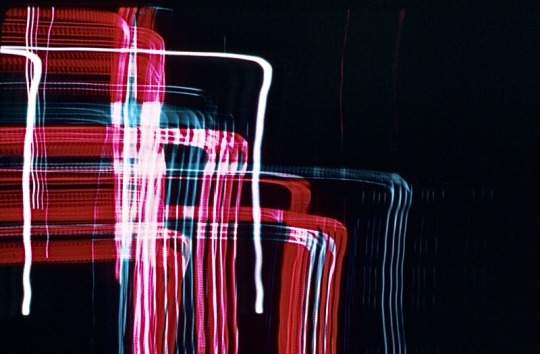
László Moholy-Nagy (Hungarian, 1895-1946)
Untitled, 1939
Fujicolor Crystal Archive print, 27.9 x 35.6cm
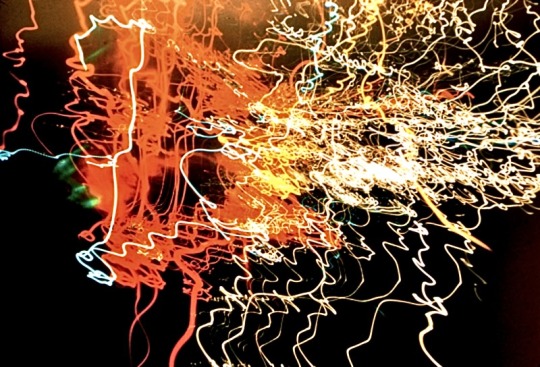
László Moholy-Nagy (Hungarian, 1895-1946)
Untitled, 1937-1946
Fujicolor Crystal Archive print, 27.9 x 35.6cm
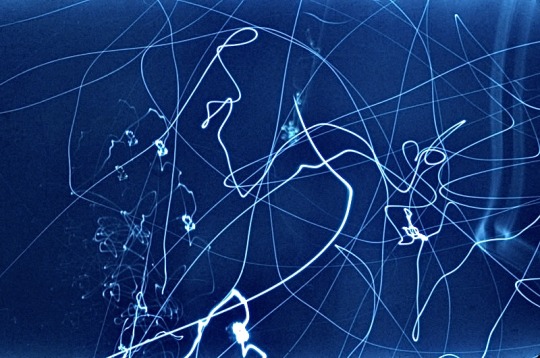
László Moholy-Nagy (Hungarian, 1895-1946)
Untitled, 1936-46
Fujicolor Crystal Archive print, 27.9 x 35.6 cm

László Moholy-Nagy (Hungarian, 1895-1946)
Photogram with Eiffel Tower and Peg Top, 1928
Silver gelatin photograph, 38.7 x 29.9cm
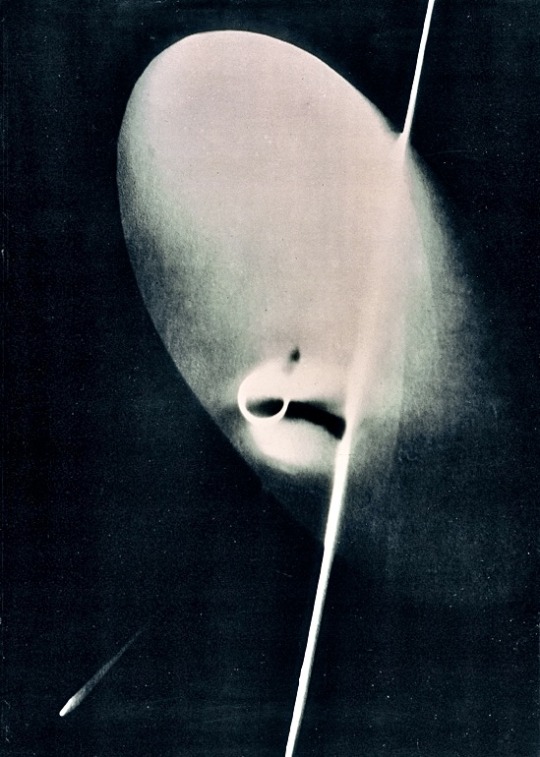
László Moholy-Nagy (Hungarian, 1895-1946)
Photogram No. II, 1929
Silver gelatin photograph, 95.5 x 68.5cm
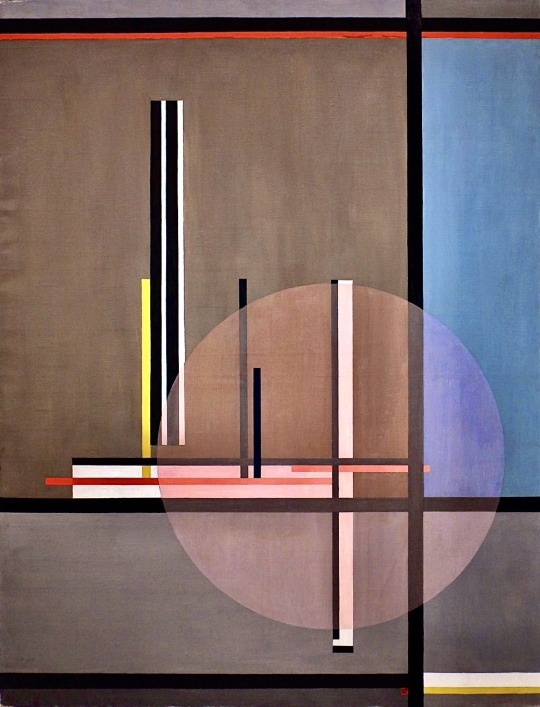
László Moholy-Nagy (Hungarian, 1895-1946)
LIS, 1922
Oil on canvas, 131 x 100cm

László Moholy-Nagy (Hungarian, 1895-1946)
K XVII, 1923
Oil on canvas, 95 x 75cm

László Moholy-Nagy (Hungarian, 1895-1946)
A 19, 1927
Oil on canvas, 80 x 96cm
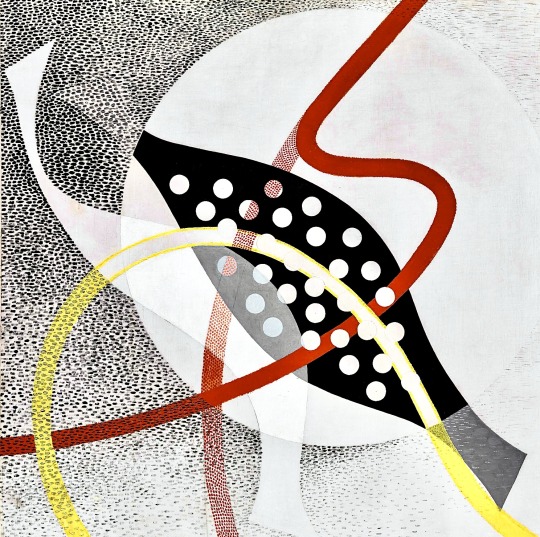
László Moholy-Nagy (Hungarian, 1895-1946)
CH BEATA I, 1939
Oil on canvas, 119 x 120cm
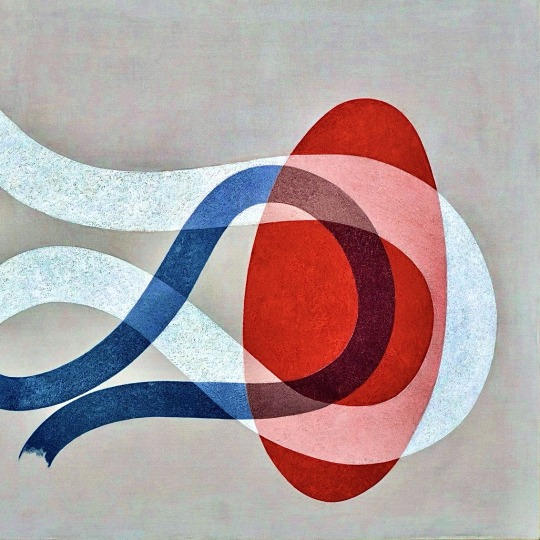
László Moholy-Nagy (Hungarian, 1895-1946)
CH SPACE 6, 1941
Oil on canvas, 119 x 119cm
László Moholy-Nagy Retrospective exhibition at Schirn Kunsthalle, Frankfurt
8th October 2009 - 7th February 2010
Artworks © Hattula Moholy-Nagy for the Estate of László Moholy-Nagy © VG Bild-Kunst, Bonn 2009 / Artists Rights Society (ARS), New York
ART BLART_ ART AND CULTURAL MEMORY ARCHIVE
Curated blog and article by Dr. Marcus Bunyan:
•
•
▪️YouTube silent video >> László Moholy-Nagy Ein Lichtspiel Schwarz Weiss Grau (Light Play: Black, White, Grey) [1930 / 6mins.+34secs.]:
youtube
Ein Lichtspiel Schwarz Weiss Grau (Light Play Black White Grey) is perhaps Lázló Moholy-Nagy's best-known film work. It features his Light-Space Modulator, also known as a lighting fixture for an electric stage.
Light-Space Modulator is a key work in the history of kinetic art and even new media art, and therefore one of the most important works of art of its time.
Initially conceived by Moholy-Nagy in the early 1920s and built between 1928 and 1930, its completion required the involvement of a number of collaborators.
It was intended to be the centrepiece of the Contemporary Room at the Provinzialmuseum in Hanover, planned (but never realised) by Moholy-Nagy and Alexander Corner, the museum's director.
Light-Space Modulator was exhibited in 1930 at an exhibition in Paris on the work of the German Werkbund. From the point of view of the object, it forms a complex and beautiful set of metal, plastic and glass elements, many of them movable by the action of an electric motor, surrounded by a series of coloured lights.
Moholy-Nagy used it to produce light shows that he then photographed or filmed, as in the case of the film shown here. Although in black and white, the film manages to capture the kinetic glow of the sculpture.
•
•
▪️YouTube video >> László Moholy-Nagy: Proto-Conceptual Artist [2019 / 5mins.+36secs.]:
youtube
Coinciding with the Bauhaus centenary, Hattula Moholy-Nagy and Daniel Hug, the daughter and grandson of László Moholy-Nagy, consider the lasting impact of the artist’s work today. Hauser & Wirth’s exhibition in London dedicated to Moholy-Nagy examines his influence as a proto-conceptualist, whose work interrogated the role of the art object and the artist in society, anticipating questions posed by subsequent generations of artists.
László Moholy-Nagy is on view at Hauser & Wirth London from 22 May – 7 September 2019.
•
•
▪️ YouTube video >> Moholy-Nagy: Future Present exhibition overview at the Guggenheim [2016 / 3mins+14secs.]:
youtube
Curator Karol P. B. Vail provides a brief introduction to Moholy-Nagy: Future Present, a comprehensive retrospective of the work of László Moholy-Nagy (1895–1946), on view at the Solomon R. Guggenheim Museum, New York, May 27–September 7, 2016. To learn more visit https://www.guggenheim.org/moholy.
•
#Art & artists#Artworks by Lázló Moholy-Nagy#Paintings#Drawings#Photography#Photograms#Sculpture#Light sculptures#Cinema#Films#Stage set design#Typographical projects#Kinetic art#Experimental art#New media art#Modernism#Abstraction#Conceptual art#Bauhaus - Germany#New Bauhaus - Chicago#Schirn Kunsthalle - Frankfurt#Guggenheim Museums#Hauser & Wirth - London#Hattula Moholy-Nagy#Estate of László Moholy-Nagy#VG Bild-Kunst Bonn#Artists Rights Society (ARS) New York#Dr. Marcus Bunyan#Art Blart#YouTube
22 notes
·
View notes
Text






Photography by Arthur Siegel
American, 1913 - 1978
All photographs copyright ©️ 2024 Estate of Arthur Siegel
•
•
•
#Photography#Photography by Arthur Siegel#Modernism#Abstraction#B&W photography#MoMA Museum of Modern Art#Artnet#Wikipedia
13 notes
·
View notes
Text


The Ethics of Ambiguity by Simone de Beauvoir (Translated from the French by Bernard Frechtman). First English-language edition published by Philosophical Library in 1948.
•
#Quotes & extracts#Simone de Beauvoir#Literature & writers#Philosophy#Existentialism#Humanism#Feminism#‘The Ethics of Ambiguity’ book by Simone de Beauvoir#Political theory & action#Human rights#Nurturing empathy & democratic culture#Ethics#Quest for freedom#Wikipedia
11 notes
·
View notes






